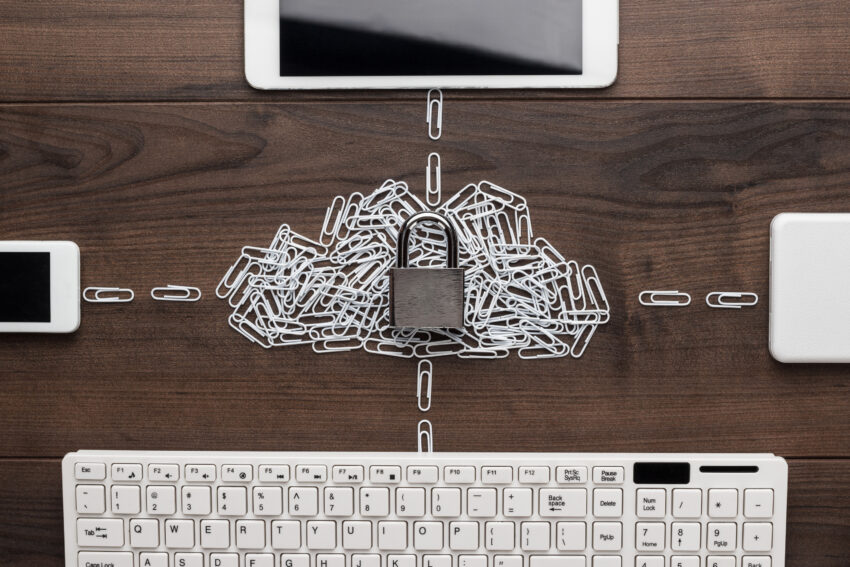Strategies for Businesses in the Phase of Growing Cyber Extortion Threats
In the rapidlyadvancing digital age, businesses find themselves in an ongoing struggle against an invisible adversary called ransomware attacks. As cyber threats become more sophisticated and frequent, organizations are under increasing pressure to fortify their defenses and develop robust strategies to counter the growing menace of cyber extortion.
Ransomware, malicious software designed to block access to a computer system or files until a ransom is paid, has evolved into a pervasive and lucrative method for cybercriminals to exploit vulnerabilities in organizational networks. The consequences of falling victim to such attacks go beyond financial losses, encompassing severe operational disruptions, reputational damage, and compromised sensitive data. In fact, human error stands out as a primary entry point for ransomware attacks.
Therefore, in order to mitigate the risk, organizations are investing in comprehensive cybersecurity awareness training for employees. They are educating staff about the dangers of phishing emails and suspicious links, as well as the importance of robust password practices to reduce the risk of falling victim to ransomware.
Mr. Pallav Agarwal, Founder and CEO, HTS Solutions Pvt. Ltd., believes that ransomware resilience has become a significant concern as businesses navigate an era marked by escalating cyber threats. The growing sophistication of cybercriminals demands a proactive approach to safeguarding sensitive data and critical systems. As a result, in order to combat the menace of ransomware, businesses must adopt multi-faceted strategies. This is where updating and patching software, operating systems, and security applications regularly surfaced as significant ways to close the potential entry point for ransomware attackers.
Automated patch management systems streamline this process, ensuring timely updates and a more secure digital infrastructure. Furthermore, putting strong endpoint security in place—including cutting-edge antivirus and anti-malware software—offers a crucial line of defense against constantly changing cyber threats. Having current, safe backups is crucial in case of a ransomware attack. Thus, by regularly backing up important…



